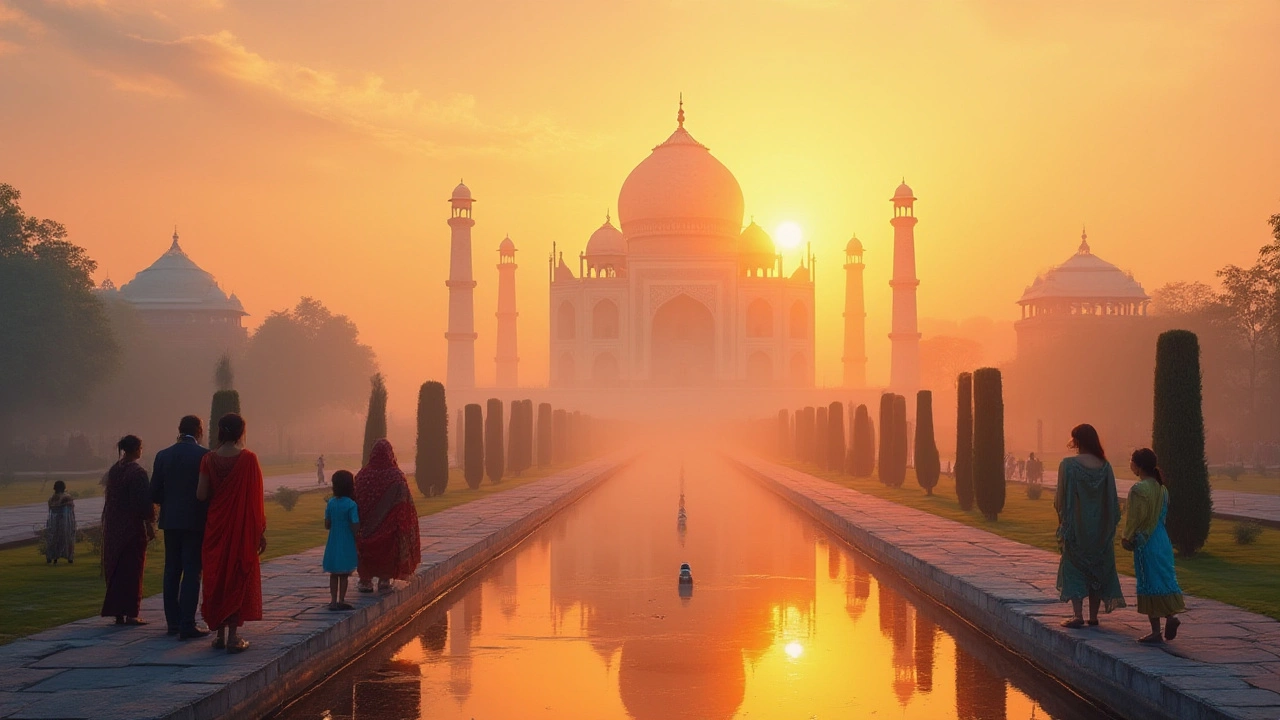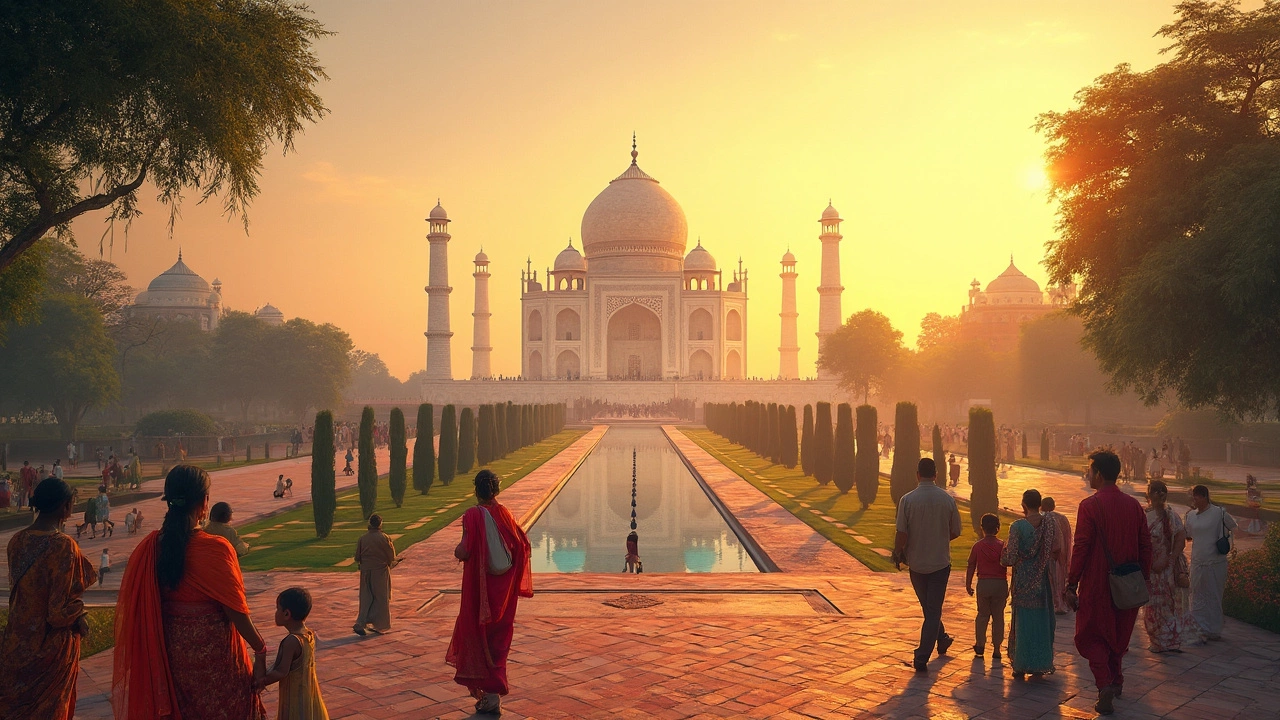
Get the ultimate guide to the best month for visiting the Taj Mahal. Learn about Agra's weather, crowd levels, photography tips, and how to enjoy India’s most iconic landmark.
When planning a trip to India, the Taj Mahal, a white marble mausoleum built by Emperor Shah Jahan in memory of Mumtaz Mahal, stands as the country's most photographed landmark, also known as the "Crown Jewel of Mughal Architecture" instantly comes to mind. It’s more than a pretty picture; it’s a symbol of love that draws millions each year, and it sits in a city that’s a hub for heritage tourism. Understanding the monument’s background, the surrounding city, and the practicalities of visiting can turn a simple sight‑seeing stop into an unforgettable experience.
First, get to know Agra, the Uttar Pradesh city where the Taj Mahal rises on the banks of the Yamuna River, famous for its forts, bustling bazaars and culinary delights. Agra isn’t just a back‑drop; it’s the gateway that shapes your itinerary, transportation choices, and accommodation budget. Next, explore Mughal architecture, a style that blends Persian, Islamic and Indian design elements, known for grand domes, intricate marble inlay and symmetrical gardens. The Taj Mahal exemplifies this tradition, embodying the era’s artistic peak and influencing later monuments across South Asia. Recognizing these connections helps you appreciate why the Taj Mahal is listed as a UNESCO World Heritage Site and why it tops the rankings for Indian heritage sites.
Visiting the Taj Mahal also means planning around safety, timing, and cost. The monument’s popularity means peak hours can be crowded, so early mornings or weekday visits often provide a calmer experience. Current travel safety guides suggest staying aware of pickpocketing in crowded areas and using official ticket counters to avoid scams. Budget‑savvy travelers appreciate that entry fees vary by nationality, and nearby hotels in Agra offer a wide price range, from budget guesthouses to luxury stays with river views. By aligning your schedule with the best weather months—typically October to March—you’ll avoid monsoon heat and enjoy clearer skies for those unforgettable photographs.
Below you’ll find a curated collection of articles that dive deeper into each of these aspects: from the Taj Mahal’s architectural secrets and its place in India’s heritage tourism network, to practical advice on visas, health precautions, and cost‑effective travel plans. Whether you’re a first‑time visitor or returning to capture a new angle, the resources ahead will equip you with the knowledge you need for a smooth, memorable journey.

Get the ultimate guide to the best month for visiting the Taj Mahal. Learn about Agra's weather, crowd levels, photography tips, and how to enjoy India’s most iconic landmark.

The Taj Mahal is not just India's most iconic structure—it’s also the country’s most visited UNESCO Heritage site. This article lays out why the Taj draws millions every year, how to plan your visit for the best experience, quirky things you might not know, and what sets it apart from other UNESCO sites in India. Whether you’re a casual traveler or a history buff, you’ll find practical tips and fresh insights here.